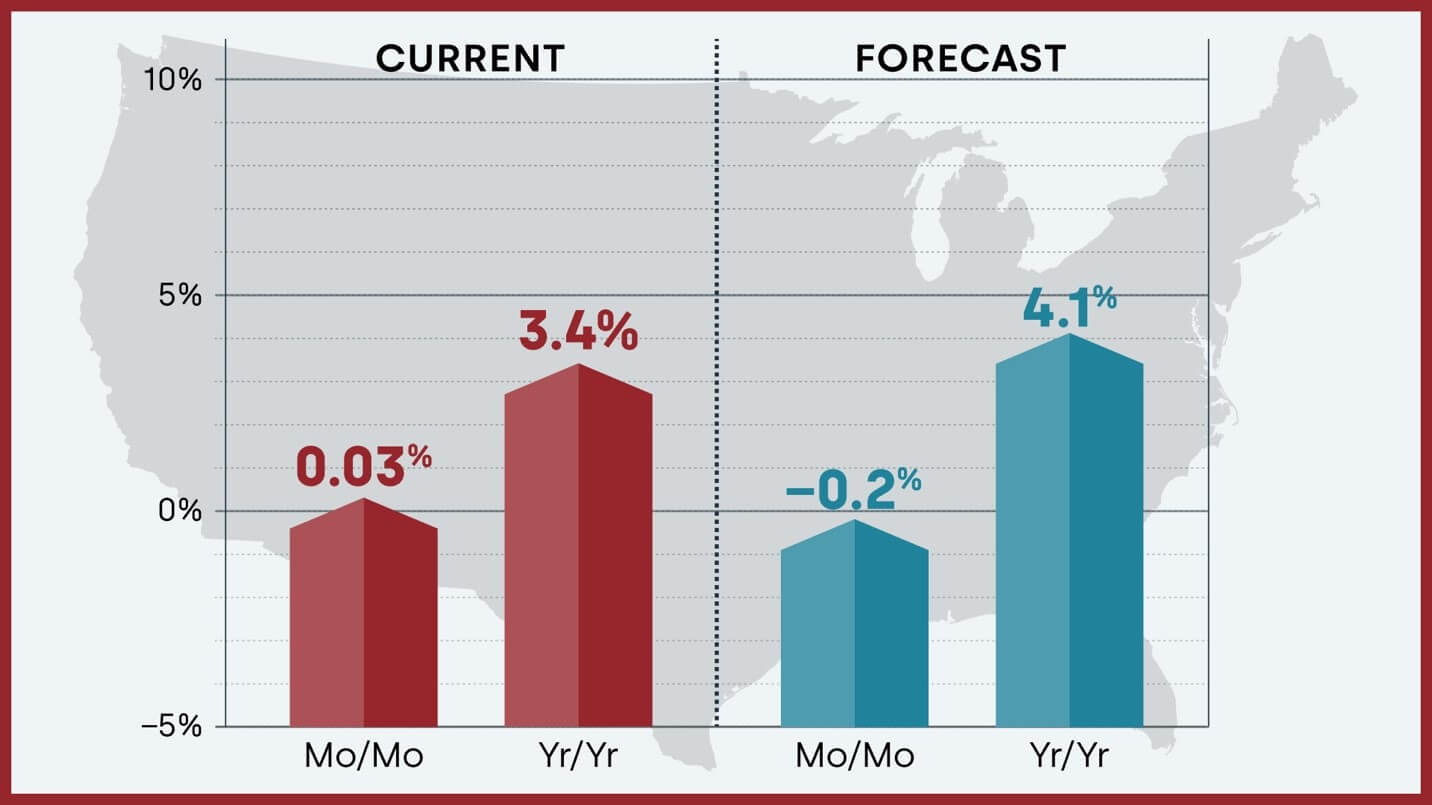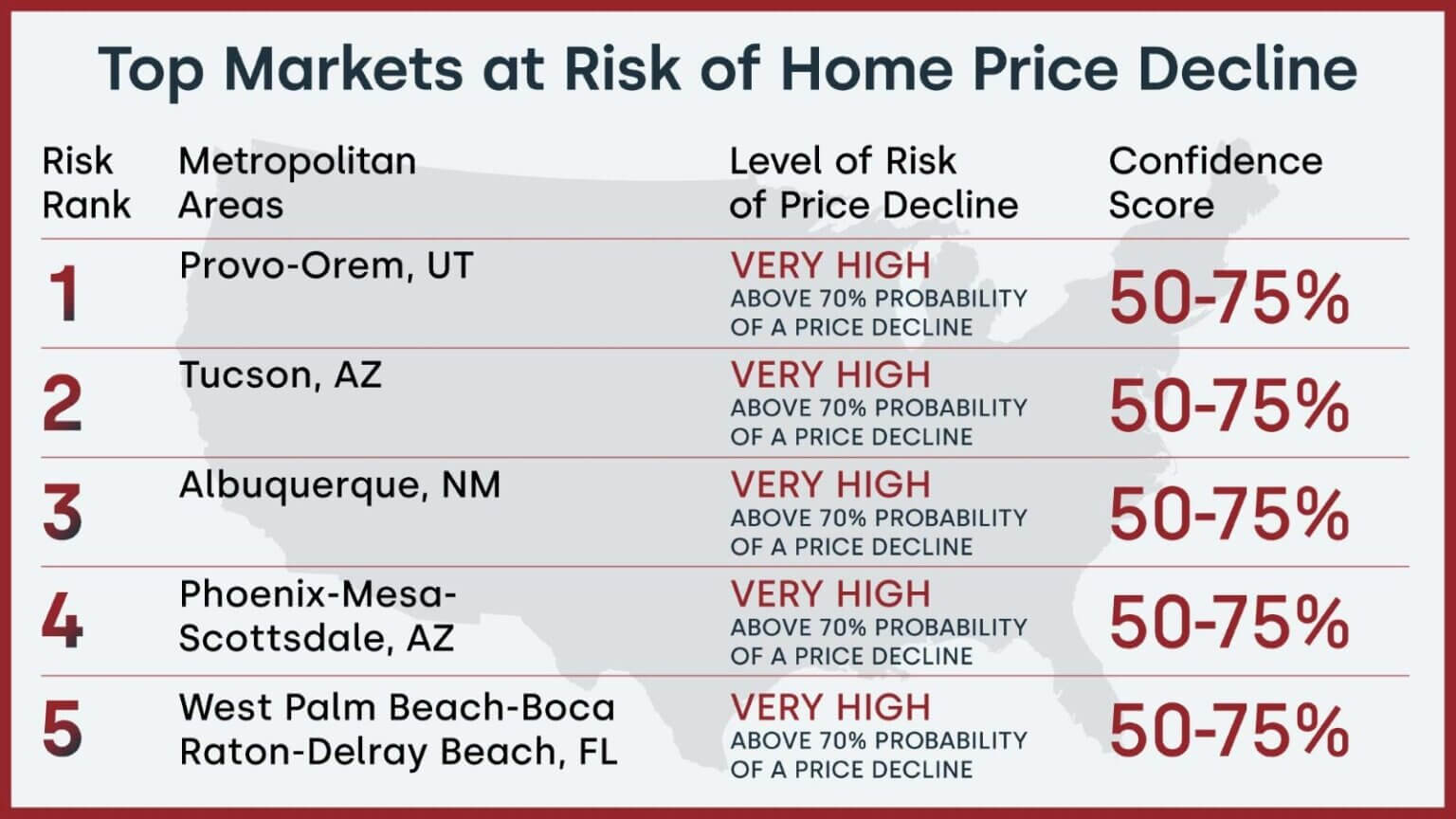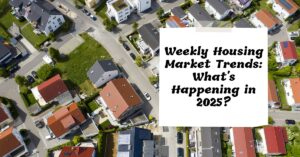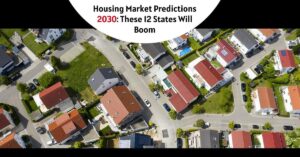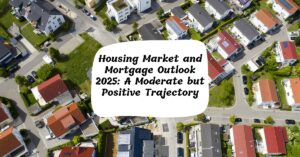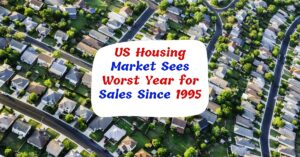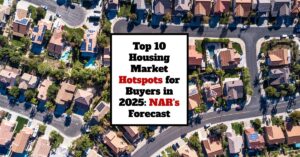So, will the housing market crash again? Probably not. While it's always on our minds after the 2008 debacle, the current situation is different. It's unlikely we'll see a repeat of that kind of dramatic collapse. The market is expected to see moderate adjustments rather than a total meltdown.
The scars of the 2008 financial crisis run deep. I remember the fear and uncertainty. Many people lost their homes and their savings. It's natural to be worried about a repeat performance. But things have changed. Let's dive into why.
When Will the Housing Market Crash Again? A 2025 Perspective
The Housing Market Today: A Snapshot
To figure out where we're going, we need to understand where we are right now. As we look at the start of 2025, here's the picture I see:
- Interest Rates: They're higher than they've been in recent years. The Mortgage Bankers Association thinks they'll settle around 6.6% for the start of the year. This means buying a home costs more each month, which definitely affects what people can afford.
- Housing Supply: We still don't have enough houses. It's been a problem for a while. Some experts say we're short by millions of homes. This shortage keeps prices from falling too far.
- Home Prices: Prices shot up during the pandemic. They've cooled off a bit as interest rates rose, but they're still pretty high in many areas.
Let's break down these factors a bit more:
| Factor | Current Situation | Impact on Market |
|---|---|---|
| Interest Rates | Higher than recent years (around 6.6%) | Decreased affordability, slower sales |
| Housing Supply | Significant shortage of homes | Price stability, limited choices |
| Home Prices | High, but some cooling in certain markets | Buyer hesitation, market resilience |
What's Driving the Housing Market Right Now?
It's never just one thing that makes the housing market tick. Several things are always at play:
1. The Economy's Health
The overall economy is a big deal. If the economy is doing well, people are more likely to buy houses.
- Employment Rates: If people have jobs, they feel more secure and are more likely to buy a home. If unemployment rises, people get nervous, and home sales tend to drop.
- Inflation: High inflation eats into your paycheck. If everything costs more, people have less money for a down payment and monthly mortgage payments.
- Wage Growth: If wages are going up, people can handle those higher costs. It makes homeownership more attainable.
2. Who's Buying Homes? (Demographics)
The population plays a huge role.
- Millennials and Gen Z: These generations are getting older and starting families. Many are ready to buy their first home.
- Remote Work: More people are working from home. This means they might want a bigger house, or a house in a different location.
- Changing Preferences: People are looking for different things in a home. Maybe they want a smaller, more sustainable house, or a “smart home” with all the latest technology.
I have seen firsthand, in my circle of friends, how remote work has changed the game. Several of them moved out of expensive city centers to find more space for their home offices.
3. Investors
Investors are always in the mix. They buy houses to rent them out, or hoping to sell them for a profit later.
- Investor Activity: Investors see real estate as a good investment. They often compete with regular homebuyers, which can drive up prices.
- Changes in Investor Sentiment: If investors get nervous and start selling, it can put downward pressure on prices.
What Could Go Wrong? Potential Risks
Even though I don't think we're headed for a crash, there are still things that could cause problems:
- Lending Standards: After 2008, lenders got much stricter about who they gave loans to. If they start loosening those standards again to make more money, we could see more risky loans, which could lead to trouble.
- Market Speculation: If prices rise too fast, people might start buying homes just because they think prices will keep going up. This kind of speculation can create a bubble that eventually bursts.
- Geopolitical Events: Things like wars, trade disputes, or even another pandemic can shake up the economy and affect the housing market.
Remember, nobody has a crystal ball. It's impossible to predict the future with certainty. We have to be aware of the risks.
What the Experts Are Saying
I always pay attention to what the experts are saying. Here's a general overview:
- Moderate Adjustments, Not a Crash: Most experts think we'll see some price corrections in the coming months. This means prices might go down a bit in some areas, but it won't be a huge, widespread crash.
- Location, Location, Location: The housing market is always local. What's happening in New York City might be completely different from what's happening in Boise, Idaho.
- Interest Rate Impact: If the Federal Reserve starts to lower interest rates, that could boost the housing market. Lower rates make it cheaper to borrow money, which encourages people to buy homes.
One thing I've learned over the years is that the housing market is always changing. It's not a static thing. You have to stay informed and be ready to adapt.
Why This Isn't 2008 All Over Again
It's easy to get scared when you hear talk of a housing market downturn, especially if you remember the last one. But there are some key differences:
- Stricter Lending: Lenders aren't giving out loans to just anyone anymore. They're doing a much better job of making sure borrowers can actually afford to repay their loans. This reduces the risk of widespread foreclosures.
- More Equity: Homeowners have more equity in their homes now than they did back in 2008. This means they're less likely to end up underwater on their mortgage (owing more than the house is worth).
These factors make the housing market more resilient than it was before the last crash.
My Take: Cautiously Optimistic
If you have been following until here, you would have understood one thing – there are so many factors that play a crucial role in defining the outcome.
Personally, I'm cautiously optimistic about the housing market. I don't see a crash on the horizon, but I do think we'll see some adjustments.
- Be Informed: If you're thinking about buying or selling a home, do your research. Talk to a real estate agent, a mortgage lender, and a financial advisor.
- Don't Panic: Don't make any rash decisions based on fear. The housing market is always going to have its ups and downs.
- Think Long-Term: Buying a home is a long-term investment. Don't focus too much on short-term fluctuations.
The Bottom Line
While the US housing market is unlikely to crash in 2025, understanding its complexities and potential risks is essential for buyers and investors. The market is expected to see moderate adjustments rather than a total meltdown.
I believe that by staying informed and making smart decisions, you can navigate the housing market successfully, no matter what the future holds.
- Housing Market Crash: When Will it Crash Again?
- Housing Market Predictions for Next 5 Years (202-2029)
- Housing Market Predictions for the Next 2 Years
- Housing Market Predictions: 8 of Next 10 Years Poised for Gains
- Housing Market Predictions: Top 5 Most Priciest Markets
- Real Estate Forecast Next 5 Years: Top 5 Future Predictions


